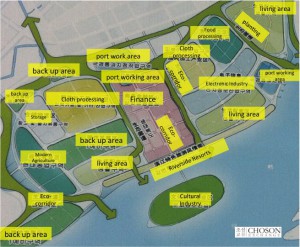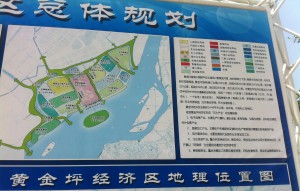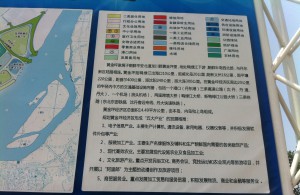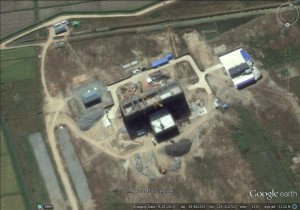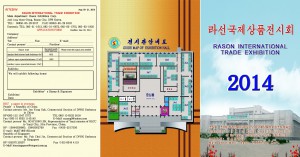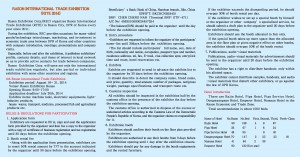Institute for Far Easter Studies (IFES)
2014-9-4
It appears that some factories and department stores in North Korea have begun to implement a delivery service in response to customer demand. This new customer-oriented service seems to have arisen out of the Kim Jong Un regime’s goal of increasing autonomy and competition among businesses.
According to the newest issue of “Choguk” [Joguk] (“Motherland”, September 2014), a media outlet associated with the General Association of Korean Residents in Japan, North Korea’s representative state-run department store Pyongyang Department Store No. 1 has been making efforts to diversify the services offered to its customers. The article specifically revealed a personal delivery service, saying, “Salespersons have responded to the public’s requests and have begun to deliver ordered products to sell directly to customers at their doorsteps.”
Salespersons from Pyongyang Department Store No. 1 have also been travelling to power plants, mining sites, textile mills, farms and other worksites to sell products directly to workers and farmers. Other businesses, such as the Potong River Shoe Factory, have also been diversifying customer services. For example, employees now visit customers’ homes to measure shoe size and satisfy other requests they may have when placing an order for shoes.
The Daedong River Passenger Transport Company in Pyongyang is currently offering a taxi dispatching service to customers who call in and request a pickup. Similar to the workings of South Korea’s taxi service, North Koreans may simply dial “186” to be connected to the closest dispatch office, which then sends out a taxi to pick up the customer.
On the other hand, North Korea has recognized the problem of the low-quality products and poor construction work and has emphasized that efforts must be made to remedy these areas. In the most recent issue of the quarterly academic journal, Kyongje Yongu [Economic Research] (2014, Issue 3), one article points out problems in the poor quality of North Korean-made products and construction, saying, “Neglect in quality growth is an outdated attitude.”
Currently, North Korea has undertaken large-scale construction operations to finish the Kim Chaek University of Technology’s faculty apartments, the Pyongyang Orphanage and Nursery, the North Pyongan Chongchon River Power Plant and other projects spanning various fields. The goal is to complete these projects concurrently with the anniversary of the foundation of the Worker’s Party of Korea (October 10).
At construction sites around North Korea, it appears that all available resources are being mobilized to engage in a so-called “speed battle” with these construction deadlines. The side effect of this huge emphasis on speed has resulted in many instances of poor construction, like the collapse of the 23-floor apartment building in Pyongyang’s Ansan-1-dong back in May.
The article also points out, “Despite attempting to work toward self-sustainability, there are events where lower quality, alternative products are being used below the material requirements that are leading to lowered quality work.” Furthermore, the article emphasizes, “Production and circulation of faulty products or products which cause harm to the health or lifestyle of the people must be stopped.”
It has also been reported that corruption is taking place at factories and construction sites, with party officials or intermediary managers amassing riches by siphoning off materials and pocketing the money. This leads to further problems in product quality and defectiveness.
Due to the issues of poor construction and product quality, the article points out, “There are many areas in our material economic life that fall behind the global trend,” but “if the quality of products and buildings are improved, the need to consider products from other countries will wane.”
In order to solve these problems, the article suggests implementing product standardization and specialization and encourages research in industrial design.

